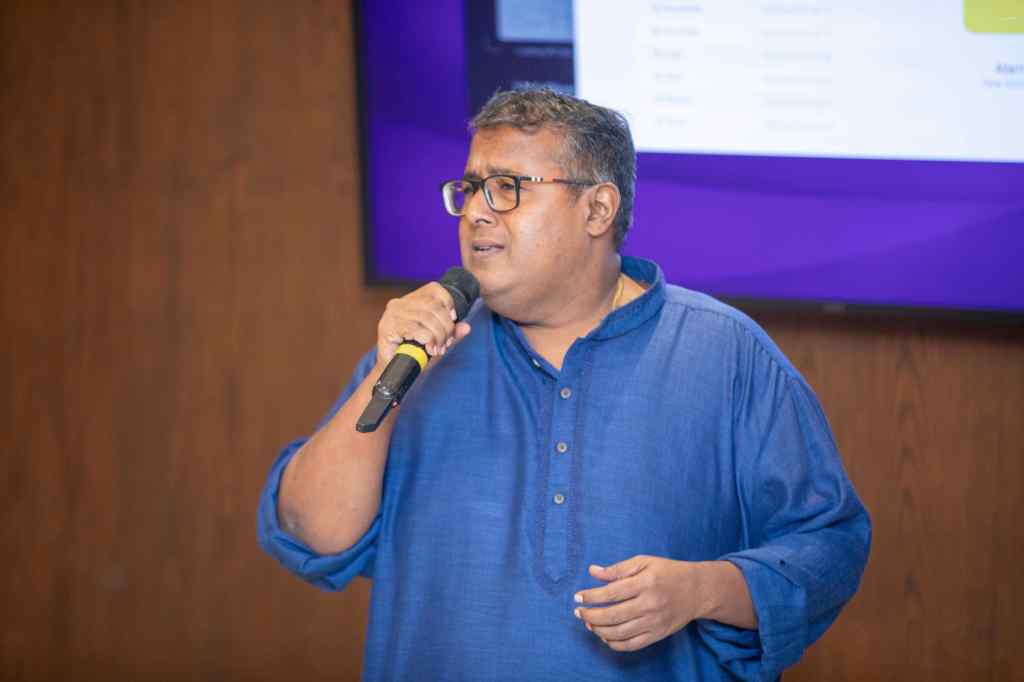I was reading a thriller after quite some time. This one was, ” The Girl Who Lived ” by Christopher Greyson. I found it quite interesting though at times there was a lot of repetition. The author hammered home points building the the character of Faith Winters in the story of four murders that took place years ago in a small town in America. She was the survivor- and of course- “the girl who lived”.
Faith’s traumatic experiences are chronicled in great detail. As one reads more of the story, the reader develops a soft corner for her as she is very much the underdog. She has spent time in a mental asylum, has problems of drugs and alcohol. As a consequence her mind is pretty messed up. Yet one part of her mind ceaselessly tries to assemble the bits of the puzzle that is driving her crazy: a huge need to find out what actually happened that day years ago when her sister, her father and two others were killed in mysterious circumstances in a cottage in the woods.
She returns to that town when she is discharged from the mental asylum, determined to find a closure on what has been bugging her for years. She has no one she can trust. Her dead sister’s boyfriend is in the local Police force. He tries to help Faith but she is not sure how much she can confide in him. Her relationship with her mother continue to be strained. Her mother has written a best selling book about the murders. This angers Faith who believes the has cashed in on a family tragedy.
In the course of the story, Faith is driven to desperation, enough to make her contemplate ending her life. However, she stumbles on from one clue to another. It then dawns on her that while she is looking for the killers, someone is hunting her down! She must find the killers before they kill her to silence her forever.
The book leaves you with an interesting climax! Greyson’s thriller is well worth the time and money you spend reading it.



